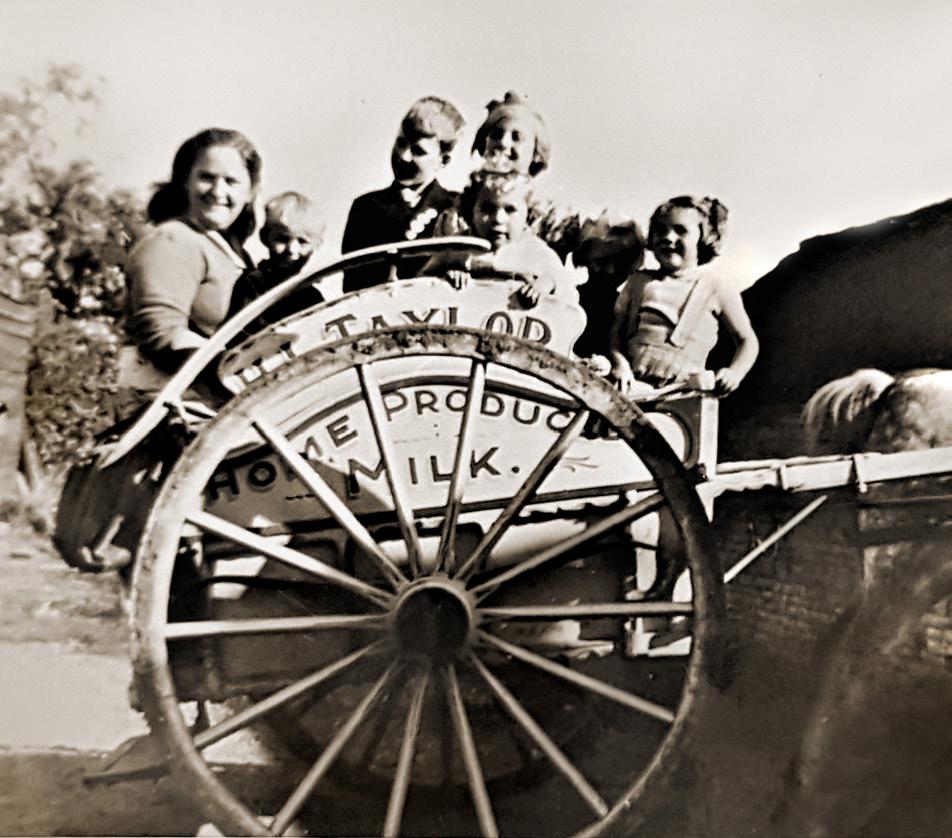
6 minute read
Taylors’ Dairy
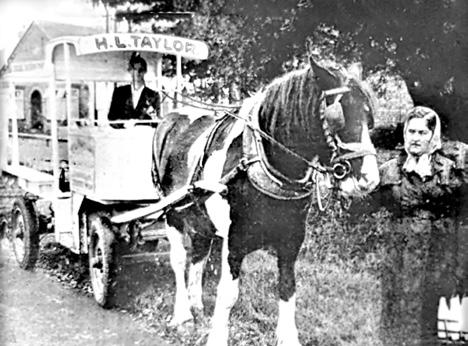
Taylors Dairy in Deeping St James
Advertisement

Many of us will have enjoyed the benefit of a milkman during lockdown and now can see no reason to break the habit! Three cheers for Milk & More!
But it wasn’t long ago that the much smaller then village of Deeping St James had its own dairy! Herbert Taylor was born in 1874 in Little Downham; he was one of ten children. After school, he followed in his father’s footsteps and became an agricultural labourer coming to work in Deeping St James when he was just 17. He was in his early twenties when he married Maria Oldham just before Christmas in 1898. They set up home in Silverstone Cottages in Eastgate.
Shortly after they had a son, James William, and in 1901 Maria was employed doing domestic duties. Herbert was a community minded chap who in 1909 was elected to the Fire Committee, ensuring that there were enough volunteers and that the fire engine was in working order. The family moved to Church Street, Herbert working as a miller labourer for the local millers – the Oldhams – his wife’s family. They had three more children Herbert Leslie (Les), Doris and Thomas Oldham.
In 1920 two cottages at the top of Eastgate, nearest the Cross, came up for sale and the couple purchased them to make one dwelling – now known as 13 Eastgate. One of the front doors was removed and two separate rooms created. At the back of the house there was a large walk-in pantry with a big kitchen and a cast iron cooking range. A boxed-in staircase led from the kitchen to a square landing with two bedrooms at the front and two at the back. A lean-to wash house was added to the south of the house containing a pump, sink, copper and a chimney – an erstwhile utility room. Across the yard was a large wood and coal store and the privy, instead of being at the bottom of the garden as they so often were, was nearer to the house. The large yard was at the side.
A good gardener, Herbert tended the now large garden well, producing a good quantity of vegetables for the family. He also tended the garden

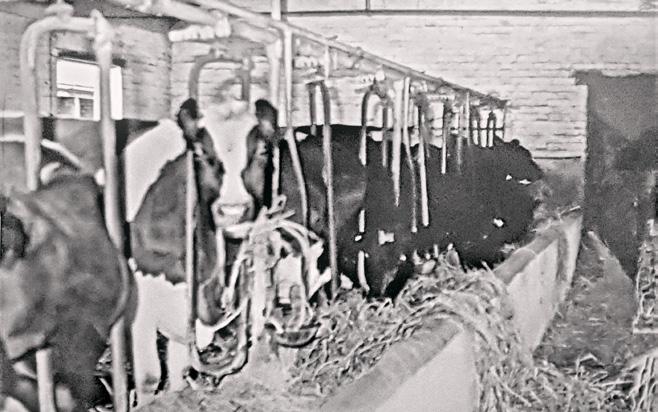
of the Institute in Church Street which had an equally large garden and several fruit trees and soft fruit bushes. Soon Herbert expanded his enterprise and in the 1930s he had two cow byres, a stable and a chaff house and had purchased his first Friesian cow. He gradually increased his herd and began a small milk round, selling to his friends and neighbours. Dorothea Price (then Panton) would deliver the milk on her bicycle before going to school and for this she was paid sixpence a week.
Herbert tended the cows while Maria, a slightly built hardworking lady, helped in the dairy. Once a week she would embark upon the onerous task of making butter, which was especially hard in hot weather. The couple also kept a flock of free range chickens in a scene redolent of The Good Life! When eggs were plentiful and cheaper they would be purchased for preserving in a container with isinglass, giving the eggs a furry appearance. They were used for baking in the winter when eggs were more expensive.
In 1936 James, who was himself 36, married Nellie Parker. He was a coal merchant with premises further up Eastgate. In the same year his sister Doris married Horace Blackburn and moved to Spalding. Thomas had
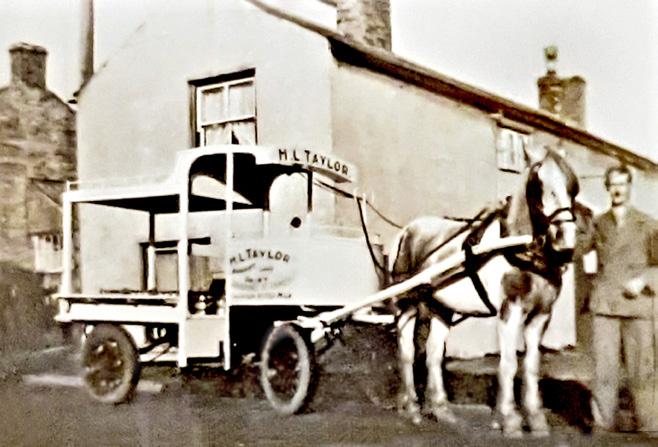
trained as a hairdresser and moved south where he worked for London County Council as a hospital hairdresser. In 1939 he married Dorothy Staplehurst in Essex.
After the Second World War the fruitful walnut tree at the bottom of the Taylors’ garden was felled. Selling the walnuts had been a profitable exercise for the Taylors, Maria had taken off the black outer shell, a messy business, and then sold 100 nuts for sixpence. In theory they were to be kept for Christmas, but not many lasted this long!
In 1946 Herbert died at the age of 72 and Les inherited the business. He expanded the dairy herd and delivery round and built a cooling parlour at the back of the house in line with new regulations. In April 1947, Les married Martha Robinson from Rimmington, West Yorkshire, daughter of Mr and the late Mrs Parkinson. The wedding was at the Priory Church, James was best man and Mrs Hammond of Pinchbeck, sister of the bride, was matron of honour. Both bride and attendant wore turquoise, the bride a two-piece with brown accessories and she carried a spray of pink carnations.
Les and Martha expanded the business, purchasing the feast field near Churchgate in 1948. Both loved animals and they increased the herd to 25, building a new milking parlour in Broadgate Lane to accommodate them and where they bottled their own milk in 1954. The old milk float was replaced with a more modern one which came from a London dairy. Arthur Pickles was employed as their rounds man.
In 1971 Les retired due to ill health. He had been the first farmer in the district to breed a Charolais calf, which weighed in at 117 pounds. As a result he had appeared on Farming Today and an East Anglian news programme with his daughter Rosalie. He had sold his milk round in 1962 and following a heart attack in 1964 he had reduced his herd to just ten.
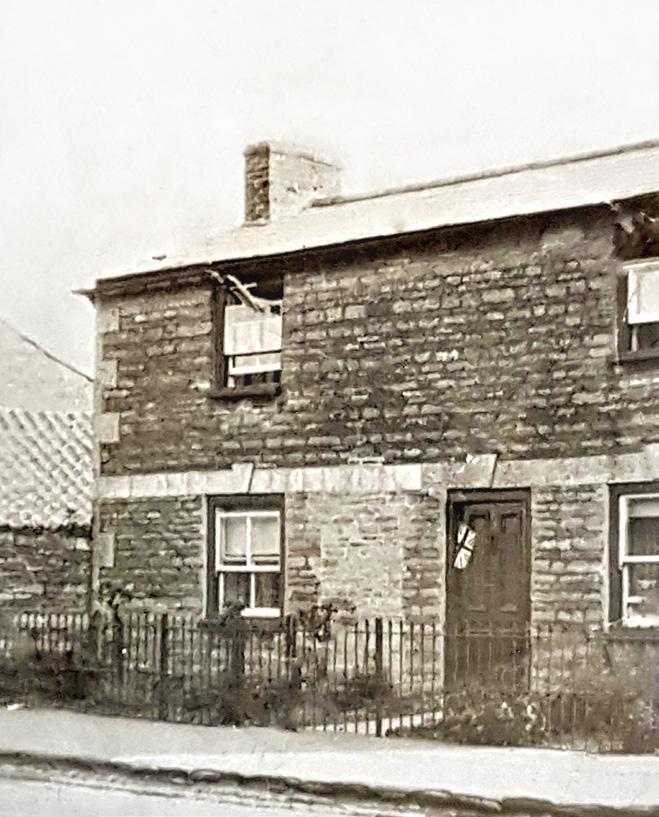
A sale of the cattle and the farm implements was held at the farm. His Friesian heifers made £160 and his David Brown tractor £660. He sold 9 acres in Back Lane to Mr Rogers for £358, 5 acres of arable land at Frognall for £378 to Hodgkinson & Son for a client and two enclosures of 6.7 acres of land adjoining Cranmore Drove, Stowgate, for £235 per acre to C. Mason. He passed away in his early sixties in 1973.
We can accommodate most motorhomes for services & MOT

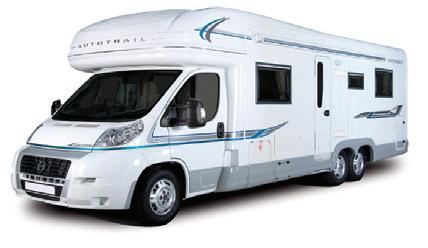
OPENING TIMES: Mon- Fri 7.30am - 5.00pm and Sat 8.00am - 11.00 am
- the artisan collection
Postcards A6 size printed on high quality card stock - £2 each
The Old Bridge Deeping St James by Abi Fletcher
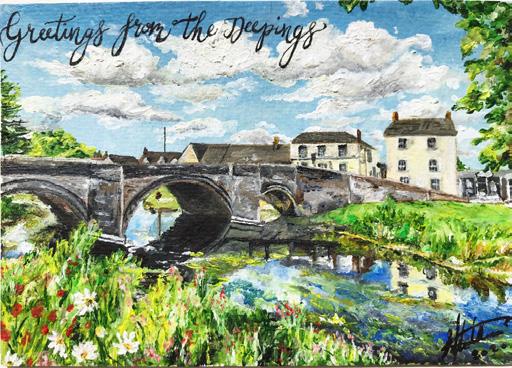
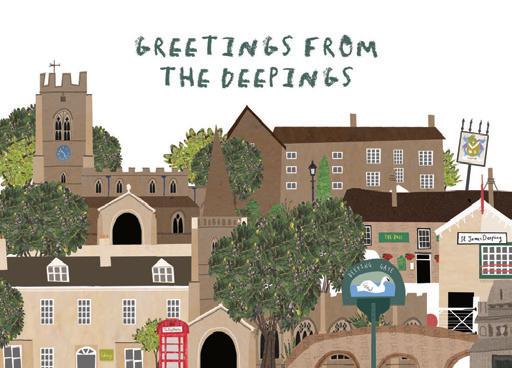
Illustration of the iconic landmarks of the Deepings designed by illustrator Brandon Mattless
Cards £2.95 each A series of 4 cards by illustrator Brandon Mattless 150mm x 150mm on 400gms card supplied with envelope The Cross & Church St. Deeping St James by Peter Scott


The Laurels Market Deeping by artist Clare at Paisley Art
Deeping Map
Appearing on the August 2019 front cover of I’d rather be in Deeping magazine by illustrator, Brandon Mattless, these maps are now available to purchase.
297mm x 420mm (A3)
Packaged in a protective sleeve.
Deeping Fudge
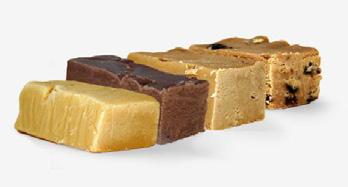
Classic selection of fudge delete supplied with envelope
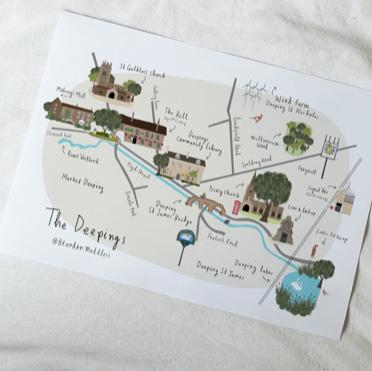

Back issues Previous printed issues of I’d rather be in Deeping available to purchase £3.00 each










